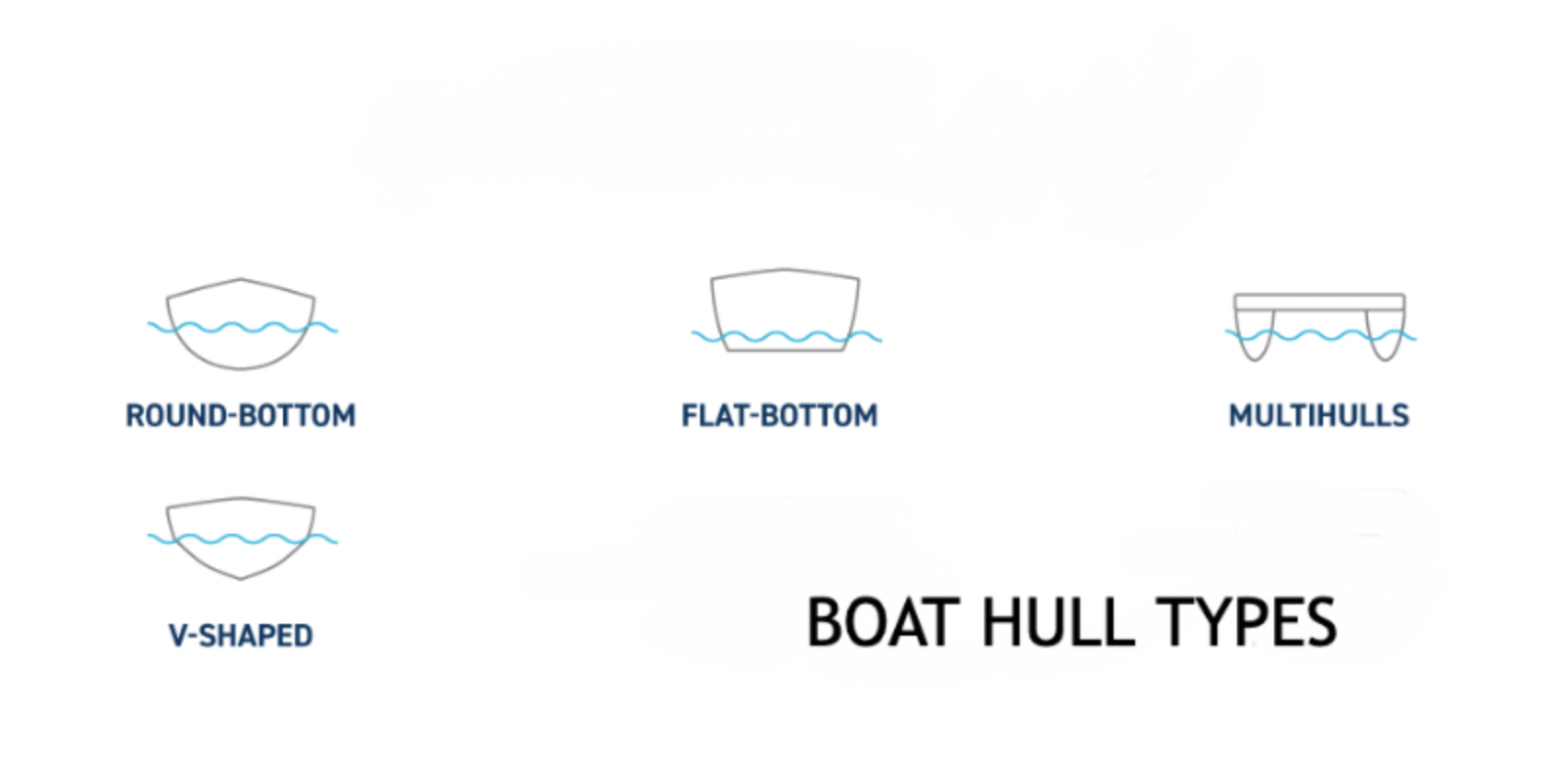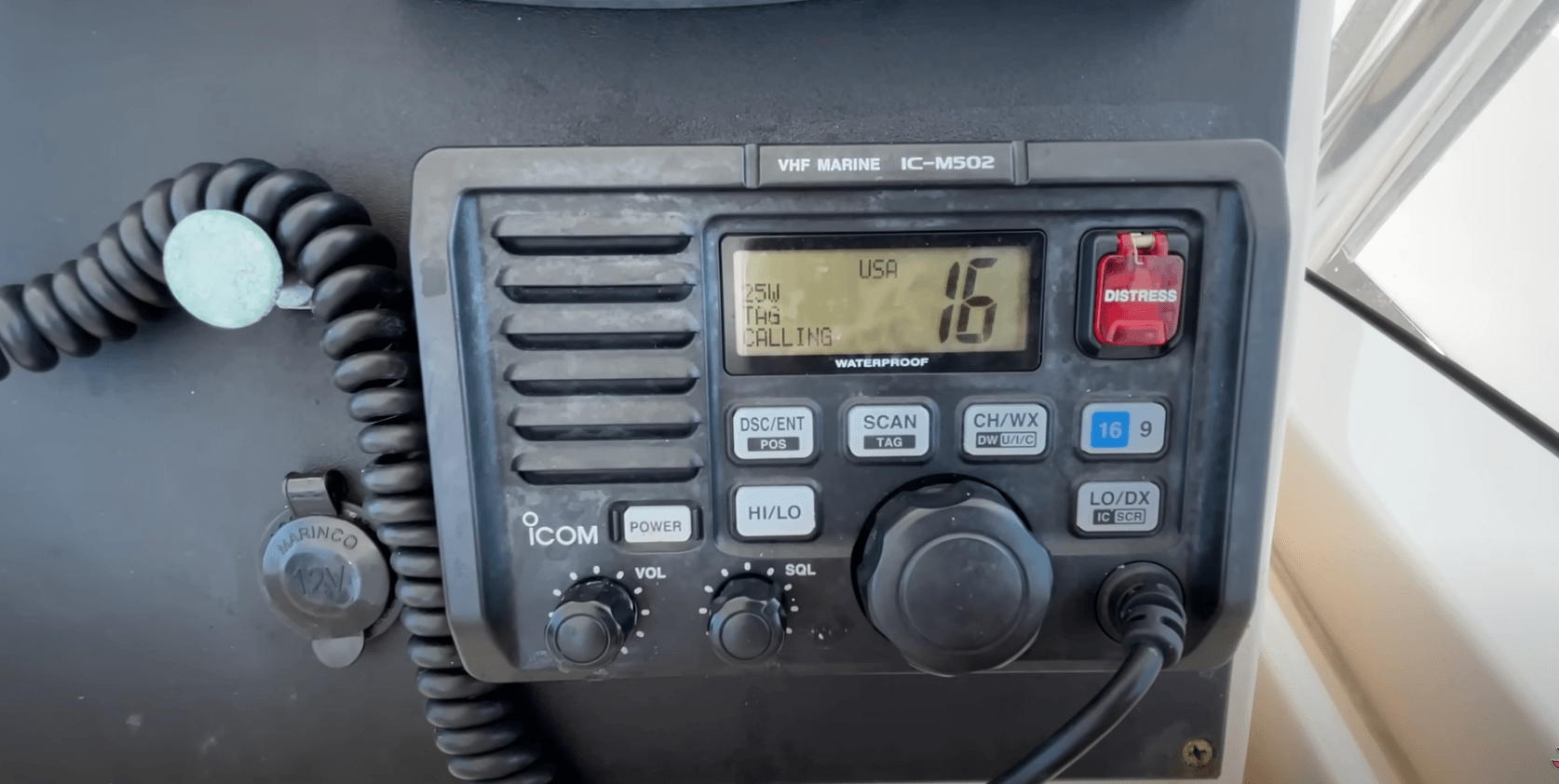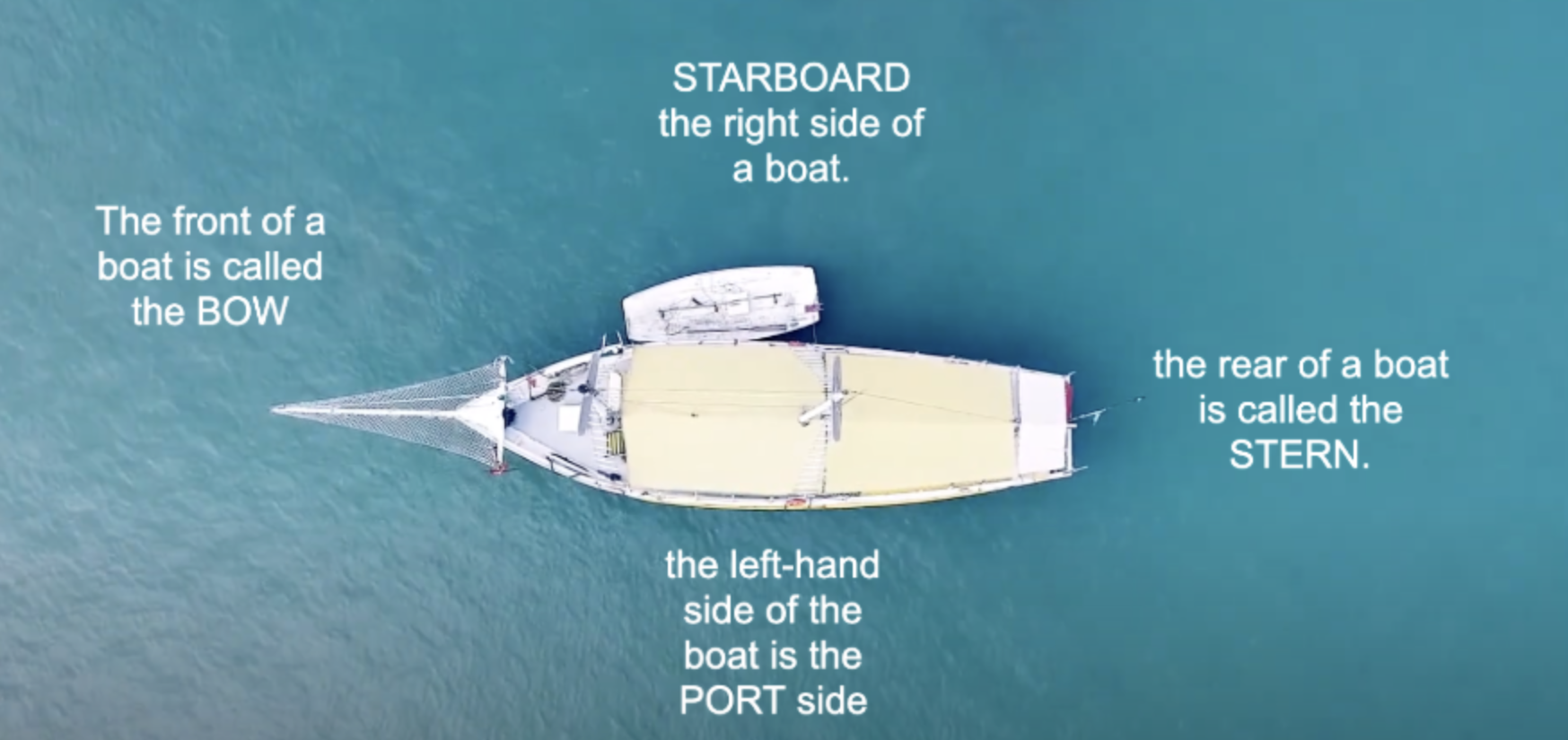If you’ve ever sailed in busy waters, you know how crucial safety at sea is. That’s where the COLREGS—the International Regulations for Preventing Collisions at Sea—come in.
What are the rules in COLREGS?
These aren’t just suggestions or advice; they’re the law, designed to keep everyone safe on the water. A breach, even without a collision, can lead to serious consequences.
COLREGS are your guide to navigating safely in any visibility, whether you can see other vessels or find yourself in restricted conditions. They clearly define when you must give way, when you have the right of way, and how to handle close encounters to avoid collisions.
Mastering these rules not only protects you but also helps you predict the actions of others, making the sea a safer place for everyone.
Knowing the COLREGS is not just smart—it’s essential. Stay safe, follow the rules, and enjoy your time on the water with peace of mind!
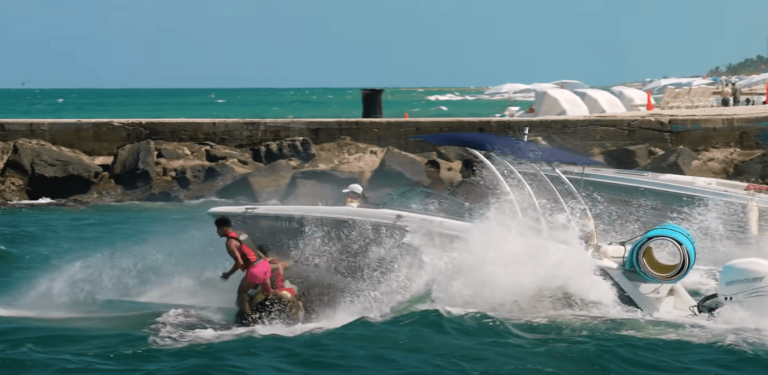
What does COLREGs stand for?
The COLREGS consist of 38 rules, and while some are mandatory only for larger vessels, they apply in principle to all boats. Understanding these rules is essential for your safety at sea.
➡️ The rules are divided into five sections:
- General Rules (A)
- Steering and Sailing (B)
- Lights and Shapes (C)
- Sound and Light Signals (D)
- Exemptions (E)
Additionally, there are four annexes, often overlooked, which detail the positioning and technical specs of lights and shapes, signals for fishing vessels in close proximity, technical details of sound appliances, and distress signals.
If you want to navigate confidently and safely, take the time to understand these rules. Whether you’re on a small boat or a larger vessel, mastering the COLREGS keeps you and others safe on the water.
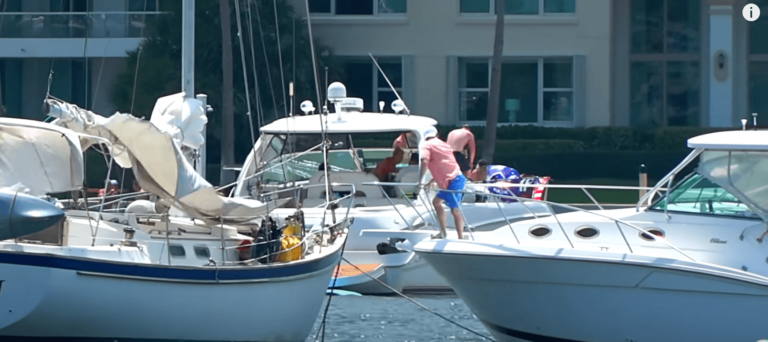
Prevent Collisions: Stay Safe on the Water!
If you’re out on the water, understanding the COLREGS isn’t just a good idea—it’s critical for your safety. Part B of the rules (Rules 4-19) is especially important for small boats, as it focuses on steering and sailing in everyday conditions like daylight, good weather, or restricted visibility. These are the rules that could make the difference between a smooth trip and a dangerous situation.
➡️ Part B covers the essentials you need to know:
- Keeping a proper lookout
- Maintaining a safe speed
- Recognizing and managing risks of collision
- Taking action to avoid a collision
- Navigating narrow channels
- Following traffic separation schemes
- Rules for overtaking, head-on, and crossing situations
- Responsibilities when giving way or standing on
- Safe conduct in restricted visibility
These rules are lifesaving, not just technical. Master them to protect yourself and others, and make safety your top priority on the water.
Ethical Conduct vs Legal Responsibility
Some COLREGS focus on general good conduct, while others outline specific obligations.
➡️ For example:
- Rule 9 mandates that small vessels must not obstruct large vessels restricted to navigating narrow channels.
- Part C specifies the required navigation lights, day shapes, and sound signals to indicate a vessel’s status and intentions.
Sailing vessels under 20m can use tri-colour navigation lights, but deck-level lights (port, starboard, and stern) are recommended for better visibility and distance judgment by larger vessels.
Always assess your surroundings to identify potential collision risks. Determine the required actions for all vessels involved, when to act, and whether the give-way vessel’s actions alone will prevent a collision.
Preventing collisions is the top priority. If the give-way vessel fails to act or its actions are insufficient, the stand-on vessel must step in. In the event of a collision, both vessels could share responsibility.
How to Memorize COLREGS Easily and Sail Safely?
At Prestige Boat Academy, we’re here to help you navigate safely, understand the COLREGS, and stay compliant with maritime laws. We offer a wide range of RYA-certified courses designed to build your skills and confidence on the water.
➡️ Our courses include:
- Powerboat Level 2
- RYA Day Skipper Theory
- RYA Day Skipper Motor Practical
- RYA Coastal Skipper Yachtmaster Theory
- RYA Coastal Skipper Motor Practical
- RYA VHF Short Range Certificate (SRC)
- RYA First Aid
- RYA Diesel Engine
- RYA Radar Course
Each course emphasizes practical learning and provides a strong foundation in safety, navigation, and essential maritime skills.
Don’t forget—navigating safely isn’t just smart; it’s a legal requirement. Our expert instructors are ready to help you every step of the way.
Discover more about our courses and how to enhance your boating skills with Prestige Boat Academy today!

